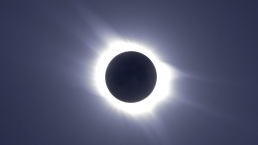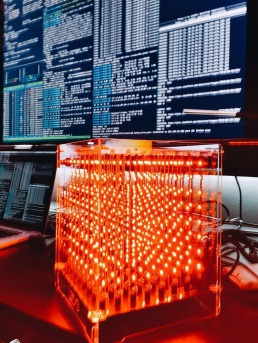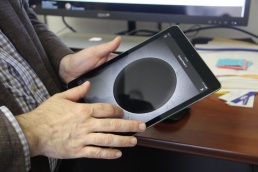What’s Your Game Plan for the Great American Eclipse?
Science Friday covered the Eclipse Soundscapes project in educational engagement materials and in a live radio broadcast featuring Dr. Winter the Friday before the eclipse.
May 7, 2020
Help Make History: Eclipse Projects for Citizen Scientists
The Eclipse Soundscapes project is also included in this collection of eclipse-based citizen science projects, and includes information from Dr. Winter on the sound database and objectives of the app.
May 6, 2020
Citizen scientists chase total solar eclipse
This round up of citizen science projects surrounding the 2017 eclipse includes Eclipse Soundscapes and stresses the importance of including diversity in scientific endeavors.
May 6, 2020
Thank you so much for the app. I cannot tell you how thrilled I was to have been able to share in this experience. Being visually challenged, this app was beyond my imagination. Again thank you for your diligent work.
NASA STEM Innovation Lab Hackathon
Two-day hackathon at Goddard Space Flight Center for NASA scientists and educators at which a creative problem solving session birthed new tools that used readily-available commercial tech in a novel way to create adaptable, real-time, 3-D data displays.
National Air and Space Museum Sun Video Wall
Dubbed one of the museum's most popular exhibits, the dynamic video wall shared live, real-time and engaging imagery of the sun to over 8 million visitors a year until its retirement in 2021.
Eclipse Soundscapes Mobile Application
INTRO
The Eclipse Soundscapes Mobile Application was created by a team that included astrophysicists, mobile application developers, an educator, members of the blind and low vision (BLV) community in order to create an educational app (iOs & Android) that engaged a larger percentage of the population, including the visually impaired community with the “Great American Eclipse” of August 2017.
TOUCH AN ECLIPSE
The Eclipse Soundscapes’ app features an interactive “Rumble Map,” which uses a smartphone’s touch screen and vibrational feedback to demonstrate the physical qualities of an eclipse. The rumble map displays photos of the eclipse at various stages. When users touch the image, the app reads the greyscale value of a pixel underneath their finger, and vibrates the phone with a strength relative to the brightness of the section. As users move their fingers around the Sun, their smartphone will vibrate more. As they move their fingers into the dark spaces blocked by the Moon, the vibration will diminish and disappear.
ECLIPSE SOUNDSCAPES 2.0
ARISA Lab has added new features to the Eclipse Soundscapes Mobile Application since 2017. These new features include:
- Bilingual in English and Spanish: All text, audio, and descriptions are now available in English and Spanish depending on your device's language settings.
- Updated for 2023 and 2024 US Eclipses: Information has been added to include the October 14, 2023 Annular Eclipse and the April 8, 2024 Total Eclipse.
- Enhanced Rumble Map: The Rumble Map now uses audio feedback (specially designed using frequency modulated synthesis) with direct haptic feedback from a devices haptic motors to provide a richer experience.








